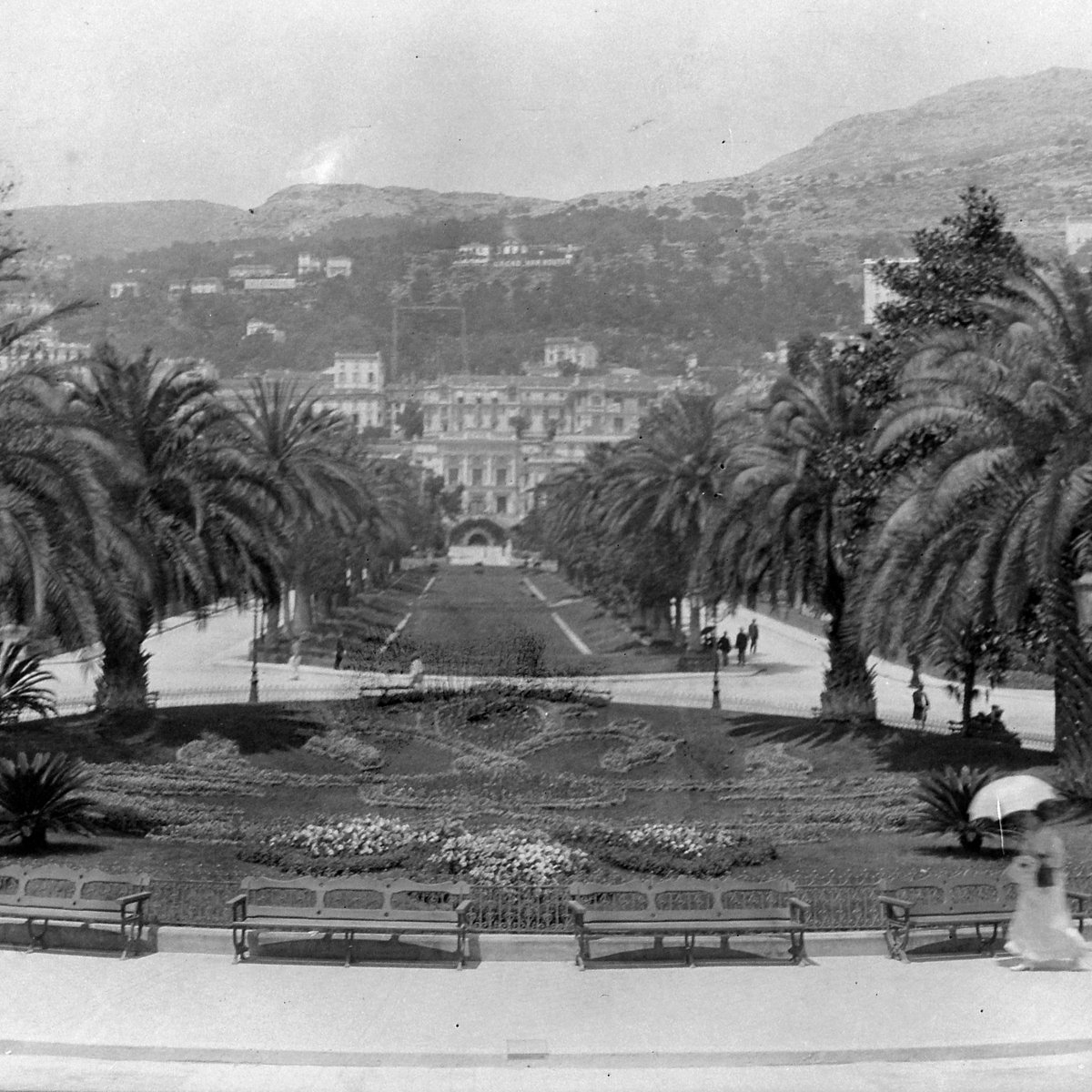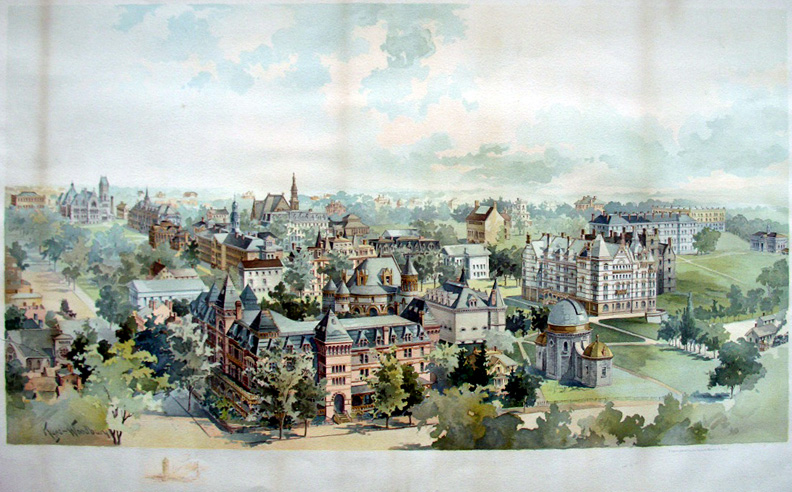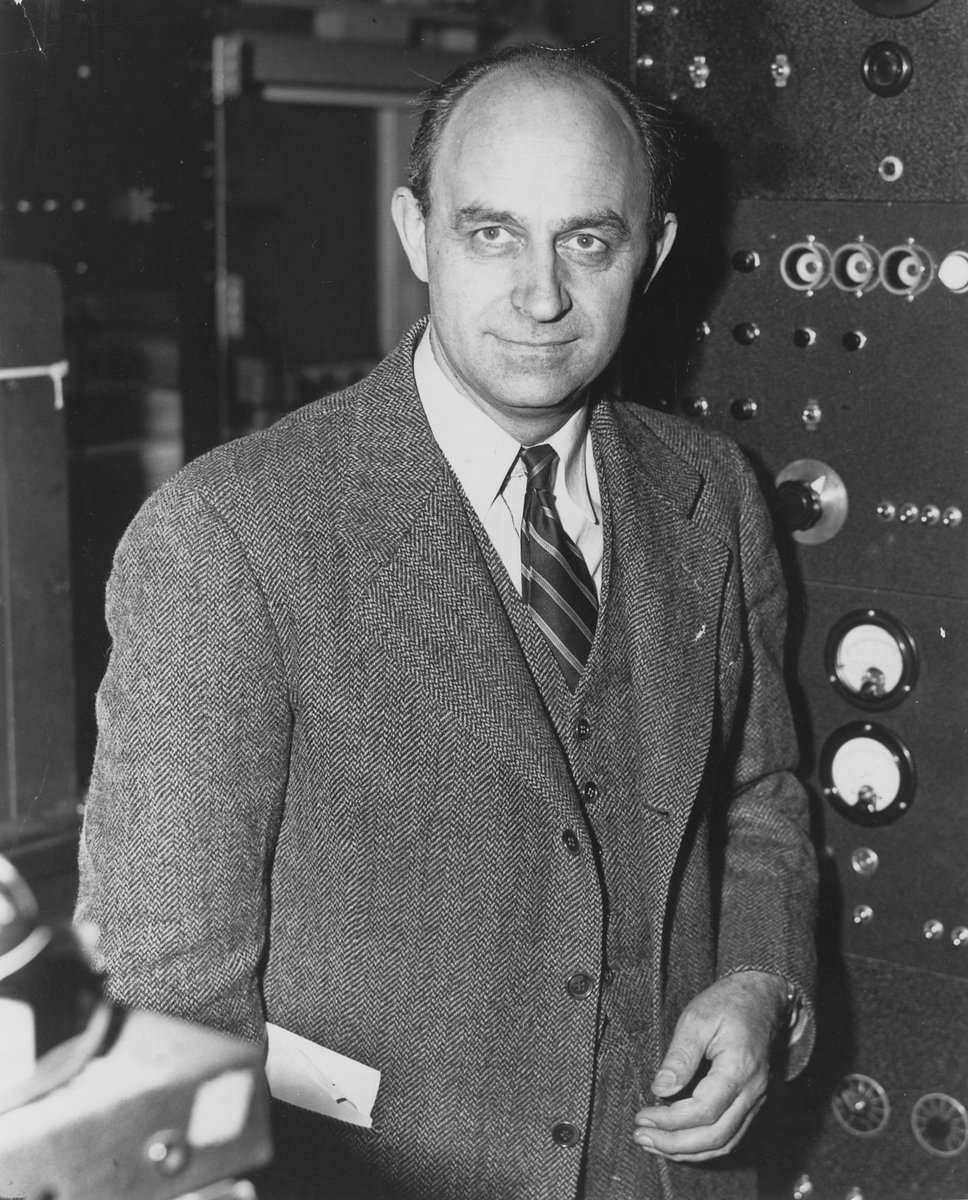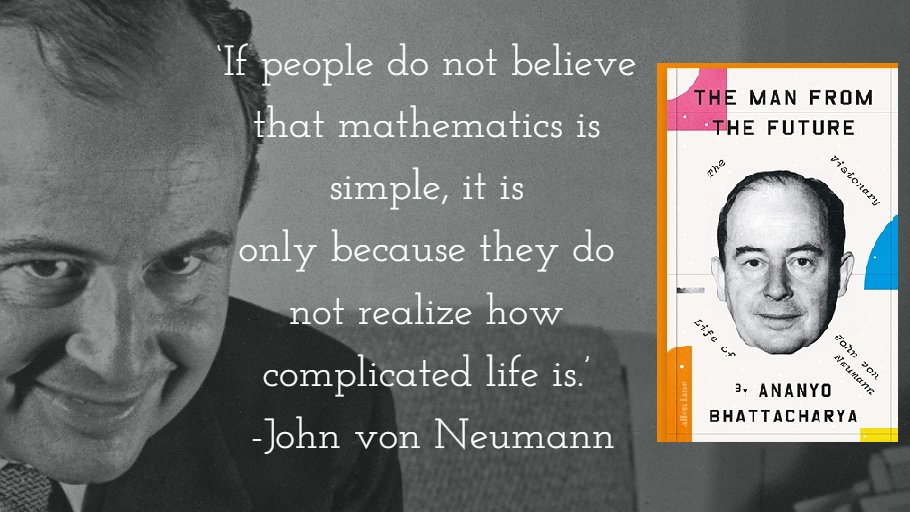
For #AdaLovelaceDay21, a long thread on Klári Dan von Neumann, writer of the first truly useful, complex programs ever to have been executed on a modern computer and to my mind, the most overlooked person in the history of computing 1/ 

Klári was born 110 years ago to a wealthy Jewish family in sparkling Belle Époque Budapest. The family hosted riotous parties where businessmen and politicians rubbed shoulders with artists and writers. She would rekindle the spirit of those gatherings in America years later 2/ 

Klári first met John von Neumann on the Riviera in Monte Carlo in the early 1930s. The Hungarian mathematical genius had a ‘system’. When he ran out of money, she bought him a drink. They were married in 1938. She was his second wife. He was her third husband 3/ 

The pair lived in a grand white clapboard house in Princeton, where von Neumann was a professor at the elite Institute for Advanced Study (along with Albert Einstein and Kurt Gödel) 4/ 

During the war, Klári, who had no education beyond high school, worked on demographic projections at the university’s Office of Population Research. She was quickly promoted and turned down an offer of an academic post at the university 5/ 

In the 1940s, bombs and computers were foremost in von Neumann’s mind. At Los Alamos (below), he helped design the ‘Fat Man’ atom bomb. In 1944, while looking for the fastest calculating machines in the US, von Neumann chanced upon the ENIAC... 6/ 

Soon to become one of the world’s first digital electronic computers, the room-filling ENIAC was not a modern ‘stored-program’ computer. Born as a machine of war, the ENIAC was made for a single purpose: calculating artillery trajectories 7/ 

After joining the project, von Neumann produced the EDVAC report, the blueprint for almost all computers today. In April 1947, faced with a huge backlog of bomb calculations from Los Alamos, von Neumann hit upon the idea of converting the ENIAC into a stored-program computer 8/ 

Los Alamos hired Klári as a consultant that summer. Coding, she said, was like a ‘very amusing and rather intricate jig-saw puzzle’. In April 1948, she and physicist Nicholas Metropolis converted the ENIAC into a stored-program computer – the first of millions more to come 9/ 

The first programs to run on the ENIAC in its new guise were written by Klári. They were Monte Carlo simulations, tracing the paths of neutrons through an atom bomb. The code listing was 28 pages long—all in Klári’s handwriting en.wikipedia.org/wiki/Monte_Car… /10 

Time on the ENIAC was precious, and the team laboured all hours of the day and night to get the job done. Klári lost 15 lbs and needed check-ups at Princeton Hospital. Still, she wrote the definitive guide to the conversion and use of the ENIAC in its new mode /11 

In October, Klári returned to the Ballistics Research Laboratory in Maryland for a second Monte Carlo run on the ENIAC. The run was finished on 7 November. Next month, she travelled solo to Los Alamos to defend her work before the likes of Edward Teller and Enrico Fermi /12 



‘Things are kind of upside down,’ Klári wrote to family friends Stan and Françoise Ulam shortly before the third and final Monte Carlo run began. ‘Please pray for me and hope for the best.’ The problems were finished, successfully, on 24 June 1949 /13 

Klári came home exhausted, reporting she had ‘brought with me to Princeton all secret documents’– probably nuclear cross-section data showing the chances of fission occurring in different materials. Los Alamos accorded that level of trust to very few-and even fewer women /14
In 1950, Klári returned to the Ballistics Research Laboratory one last time to test Teller’s ‘Super’ design. The simulations confirmed that Teller’s hydrogen bomb assembly would not work, and the project was abandoned. Modern bombs are based on the later Teller-Ulam design /15 

After the Super calculations, Klári retired from the forefront of computing. Plagued by insecurity and worsening bouts of depression, she penned no further code herself, even when her husband’s machine at the IAS started running reliably in 1952 /16
The ‘Manchester Baby’, usually credited as being the world’s first electronic stored-program computer, ran its first program on 21 June 1948, two clear months 𝙖𝙛𝙩𝙚𝙧 Klári’s code ran on the reconfigured ENIAC, arguably also a stored-program computer /17 

The Manchester Baby cycled through 17 instructions over fifty-two minutes to determine that the highest factor of 262,144 is 132,072. Klári’s 𝟖𝟎𝟎-command program, which ran two months earlier, was used to adjust the composition of atom bombs... /18
The invention of the closed subroutine is often credited to computer scientist David Wheeler, but Klári’s code made use of one at least a year earlier than he did, to generate random numbers by von Neumann’s ‘method of middle-squares’ en.wikipedia.org/wiki/Middle-sq… 19/ 

Klári’s story ends tragically. She married a fourth time after von Neumann’s death but could not escape her ghosts. In November 1963, she filled her elegant black cocktail dress with 15 pounds of wet sand and walked into the sea off La Jolla 20/ 

The full scope of Klári’s contributions to computing have only recently come to light. Run on an ENIAC emulator today, her code reliably spits out the right numbers, plotting the fates of neutrons inside the atom bomb that her husband had helped build mitpress.mit.edu/books/eniac-ac… 21/
Thanks for reading. There’s more about Klári Dan (including excerpts from her amazing memoirs) in my book about her third husband, John von Neumann out now in the UK and many other countries, US and Canada on 22 February... penguin.co.uk/books/313705/t… 

• • •
Missing some Tweet in this thread? You can try to
force a refresh





